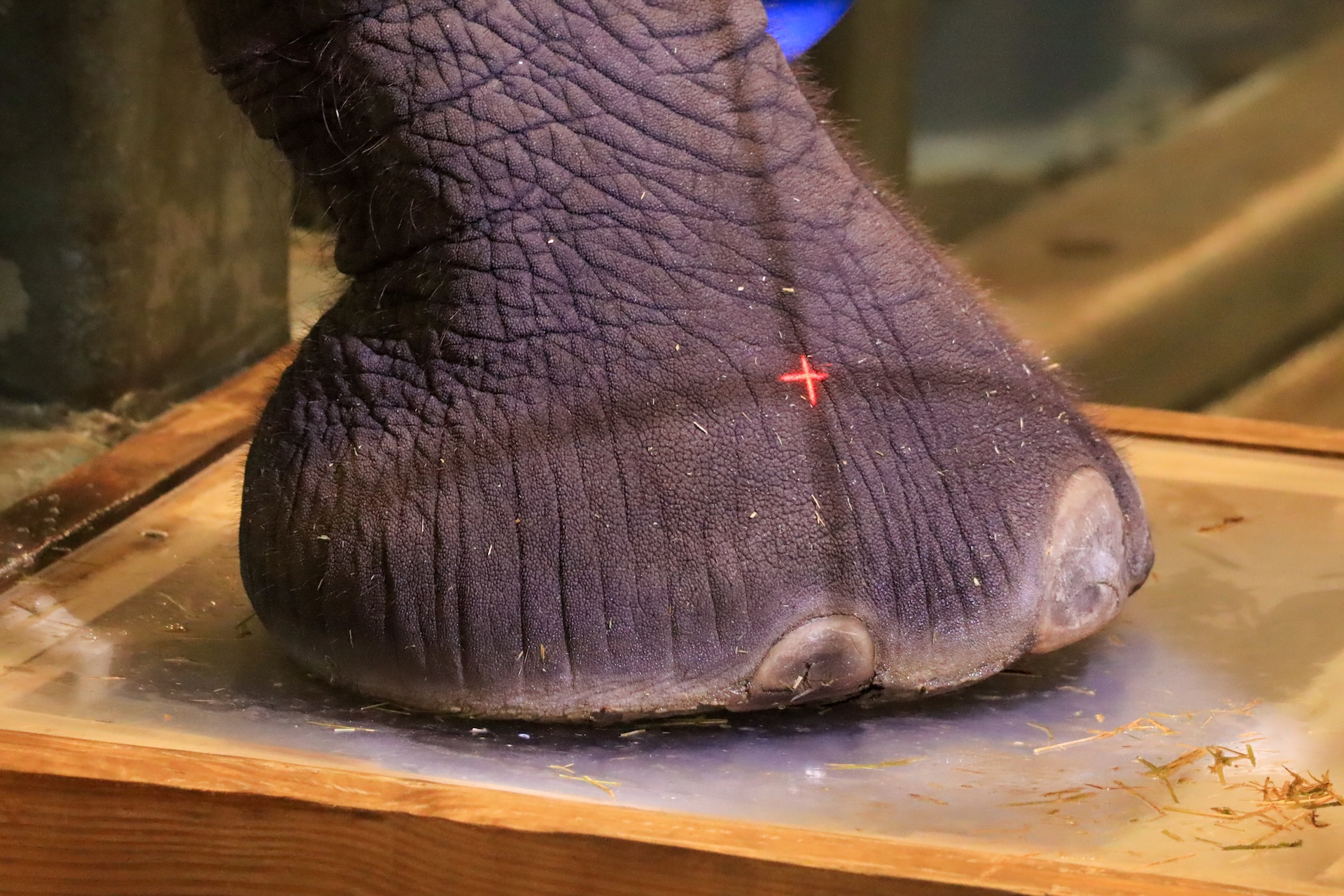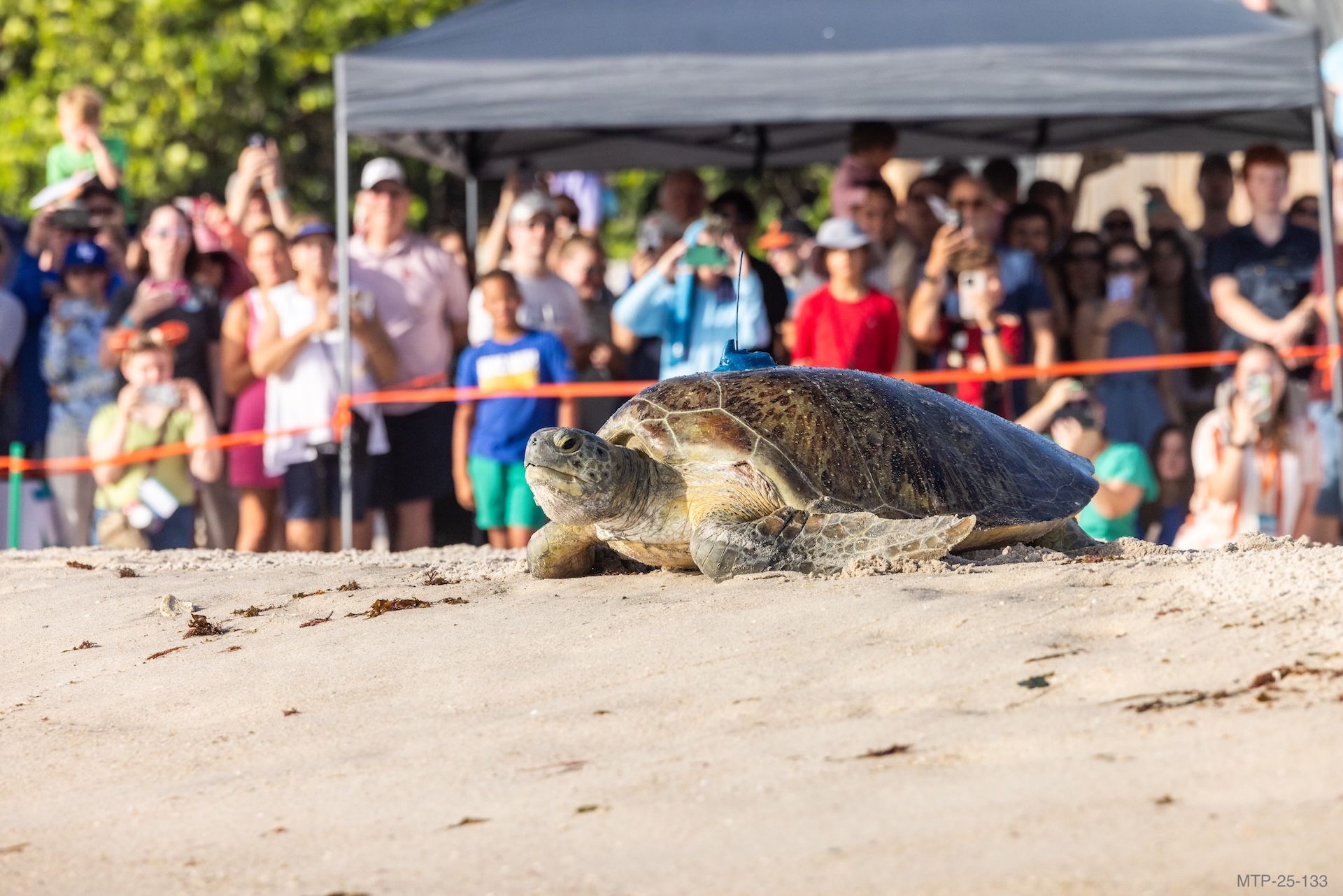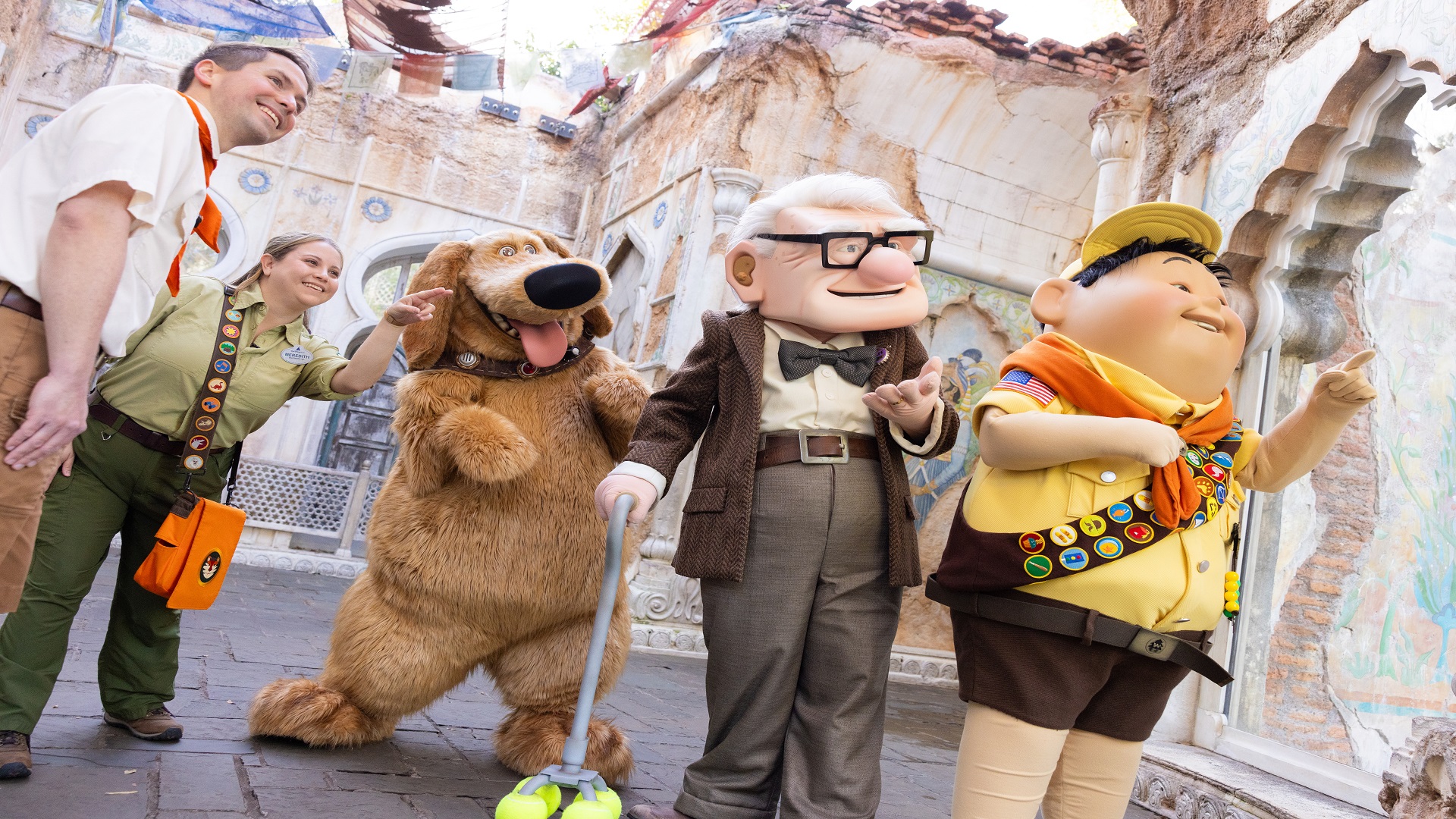At Disney’s Animal Kingdom, every step the animals take is carefully guided by world-class care and that includes some very big steps from some very big feet.
This World Elephant Day, we’re giving you an inside look at a critical part of an African elephant’s annual exam – radiographs of their incredible feet (aka X-rays).
Why the feet, you ask? An elephant’s feet carry a lot of weight. Adult elephants can weigh between 6,000 and 13,000 pounds, so healthy and happy feet are essential for their comfort and mobility. Similar to humans, radiographs can help our veterinarians examine bone alignment, growth, and maturation making sure everything is in tip-top shape.

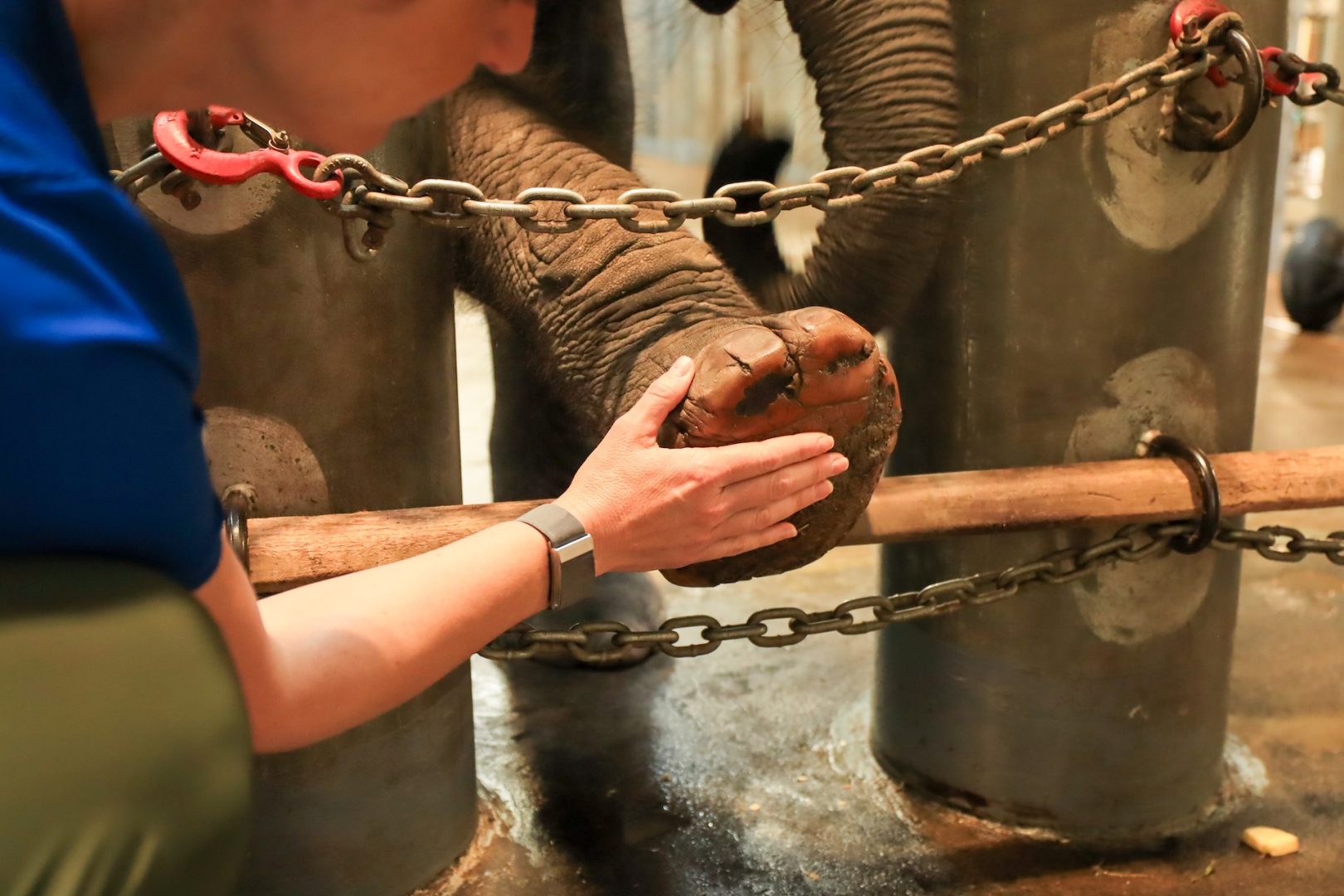
Voluntary Participation Based on Trust
And here’s the truly magical part – all the elephants in our care voluntarily participate in their own exams, even baby elephant Corra!
Thanks to the strong relationships they have with their keepers, built on trust (and plenty of positive reinforcement, of course), our elephants step right up, quite literally, into radiograph stations. They position their feet while our veterinary team captures detailed images. It’s a beautiful example of animal care practices built on communication, patience, and respect.
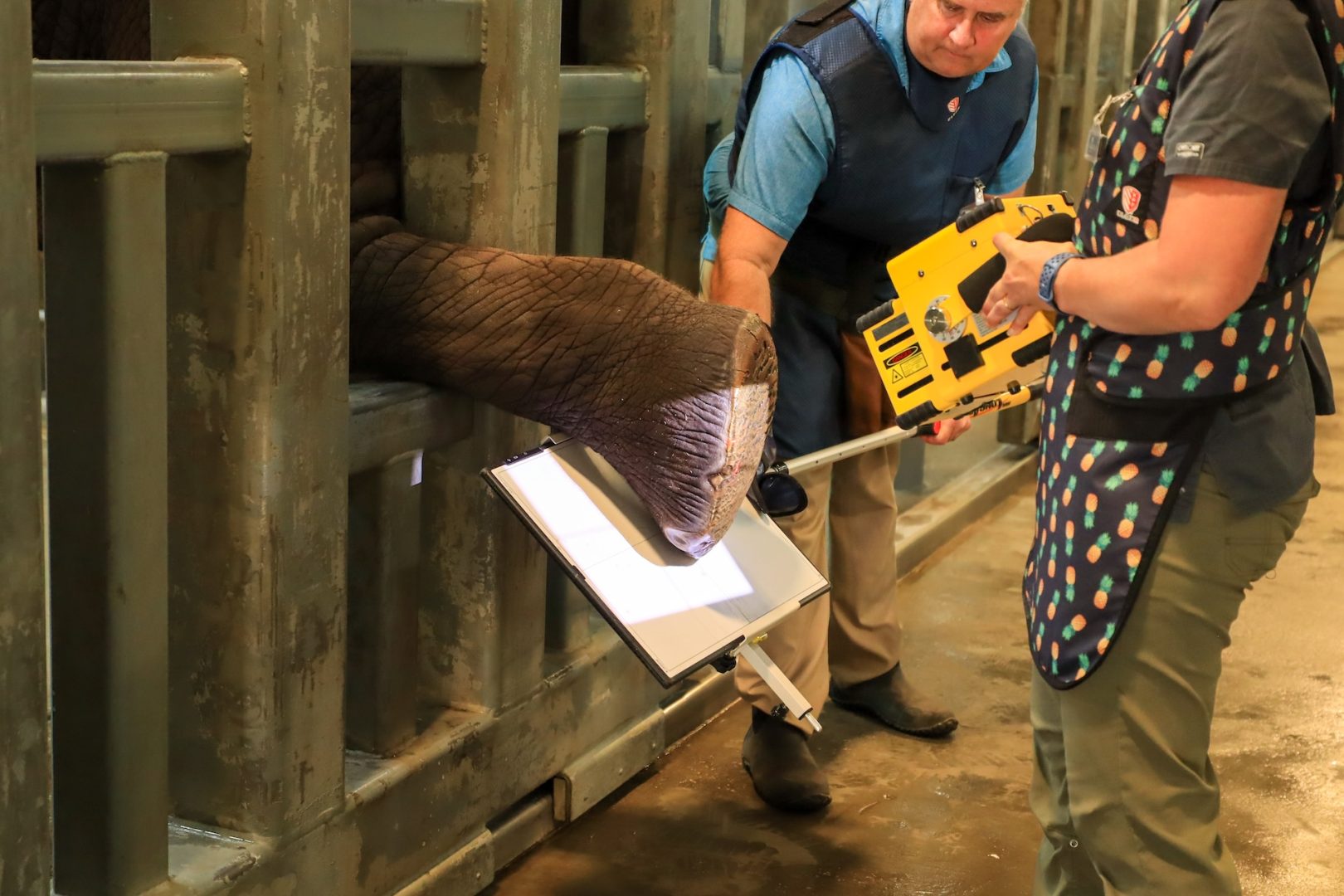

“Watching Stella calmly lift a foot or lean in just the right way for an X-ray, it’s pretty amazing,” says Bridget, one of our elephant keepers. “It shows how much trust we’ve built over time, and how much they understand what we’re asking. We’re partners in their care.”
This radiology exam is a shining example of how the bond between a keeper and an animal allows them to use their learned behaviors to participate in their own care. Veterinary technicians partner with keepers to handle even the smallest details with precision, and the veterinarians interpret findings to customize care plans for each animal. Every role is crucial, and every step of the process is rooted in care and compassion.
Elephant Feet Facts
- Elephants walk on their tiptoes! Their massive feet have a hidden cushion of fat that acts like a shock absorber.
- Each foot has five toes, but not all of them have visible toenails. Front feet usually have five toenails, while the back have four.
- Their sensitive soles help them detect vibrations from miles away, like distant thunder or the footsteps of other elephants!
Watch Expert Veterinary Care Live at Animal Kingdom
While the elephant foot X-rays take place at the elephant’s backstage habitat, other preventative health exams for some of our smaller animals are performed by our veterinary team using state-of-the-art equipment at our on-site veterinary hospital. Guests can even watch these procedures live at Rafiki’s Planet Watch.
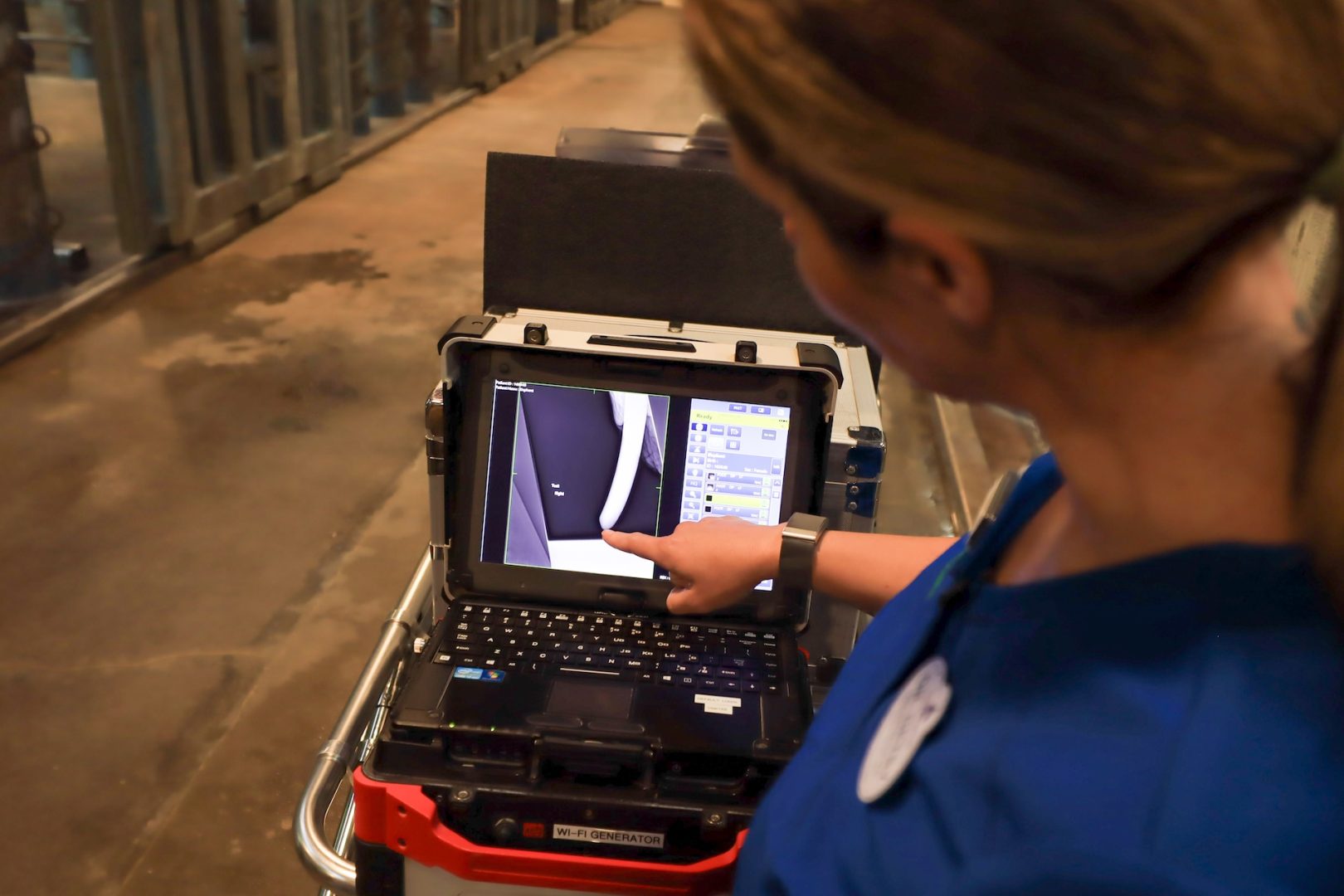
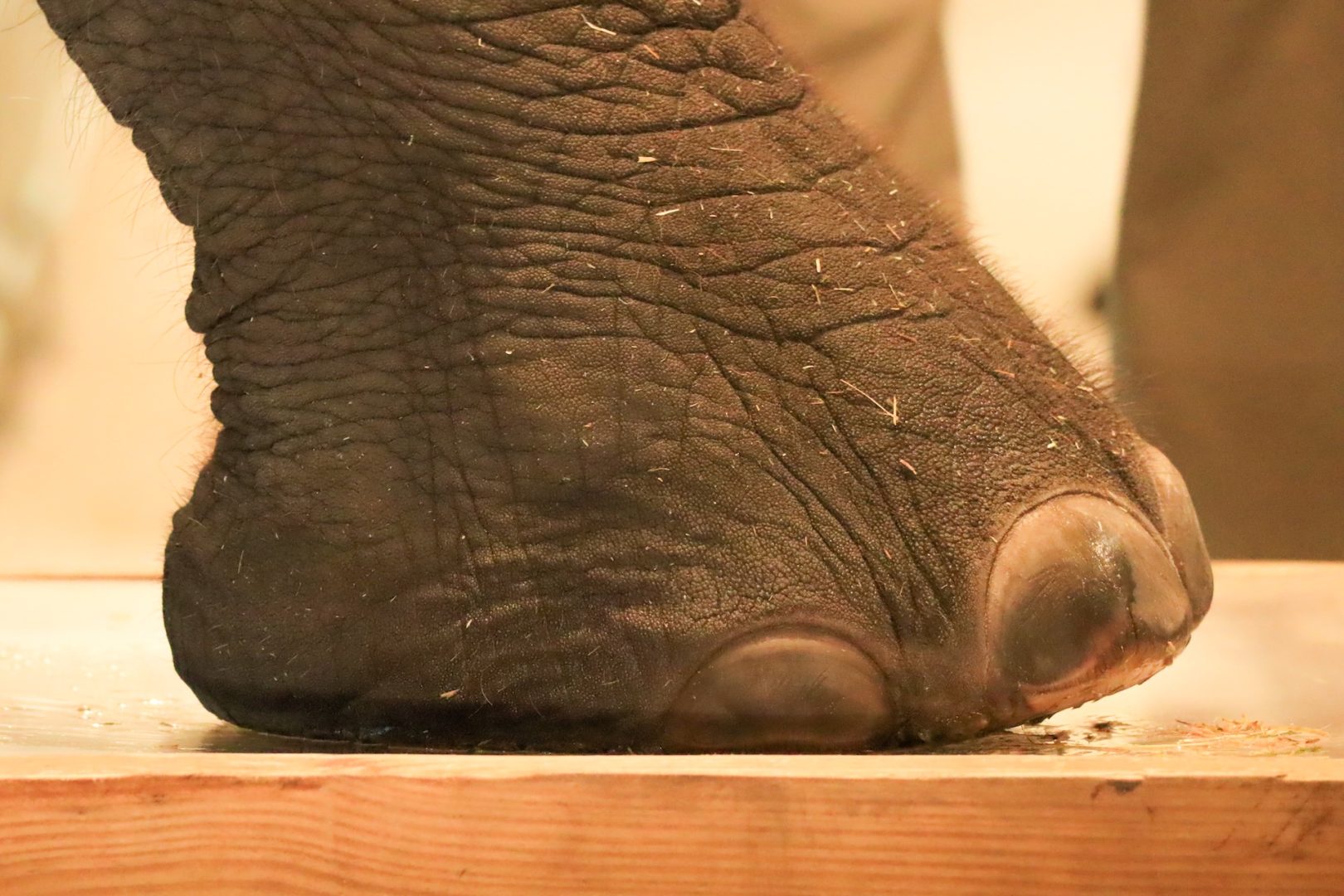
The veterinary facilities at Disney’s Animal Kingdom include X-ray, CT, and ultrasound equipment, a surgical suite, and a full-service laboratory. Veterinarians use these tools for preventative health, as well as diagnosing and treating the animals.
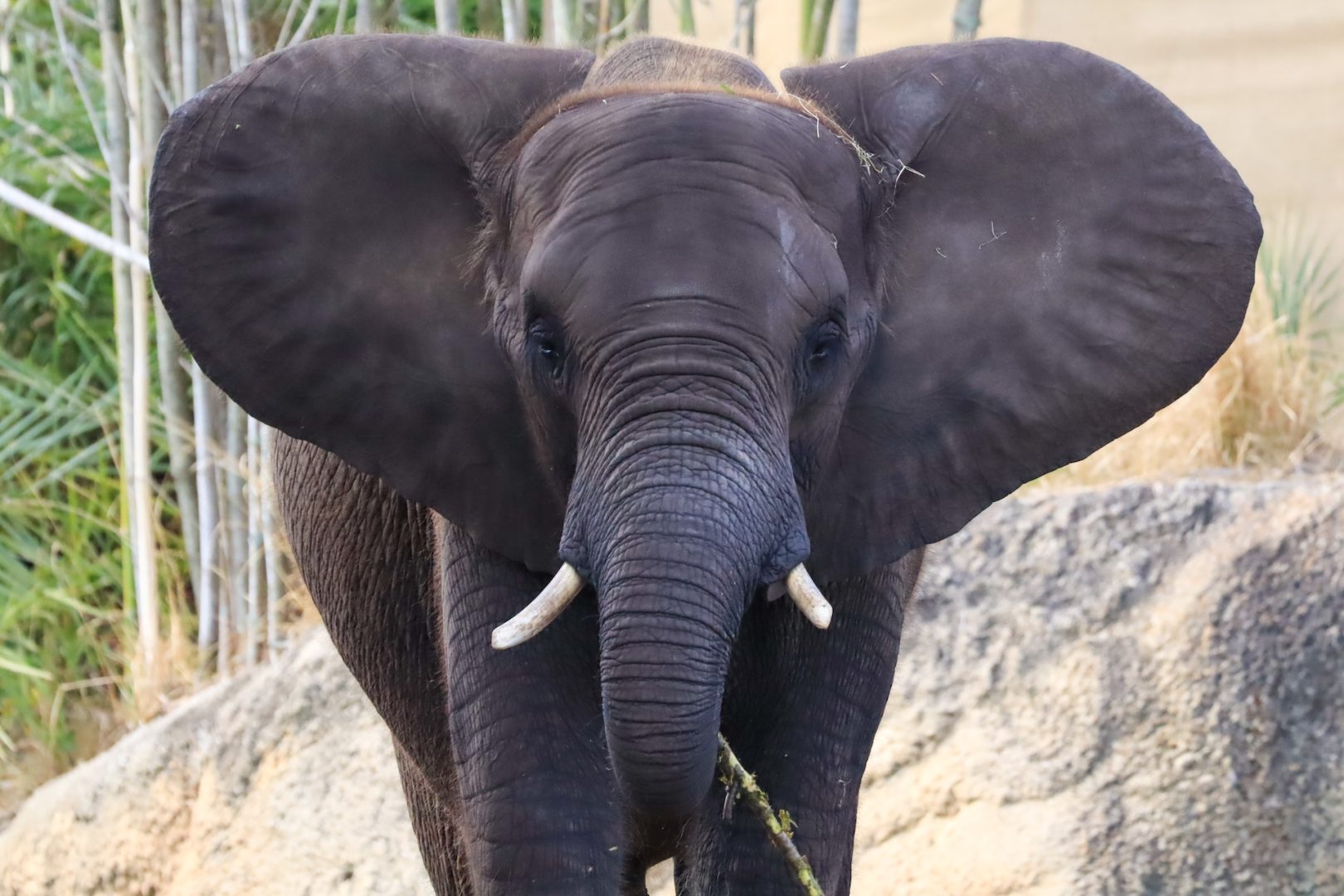
So, while our guests may see elephants gracefully stepping across the savanna or enjoying a splash in the watering hole, behind the scenes is a story of science, trust, and a whole lot of heart. Whether it’s a foot X-ray or a nutritious snack, every detail matters when it comes to the wellbeing of all the animals at Disney.
For updates on the mighty herd and to see all the amazing work our talented team of cast members are doing for the more than 5,000 animals across Disney World, follow Disney’s Animals, Science and Environment on Facebook and Dr. Mark on Instagram.
